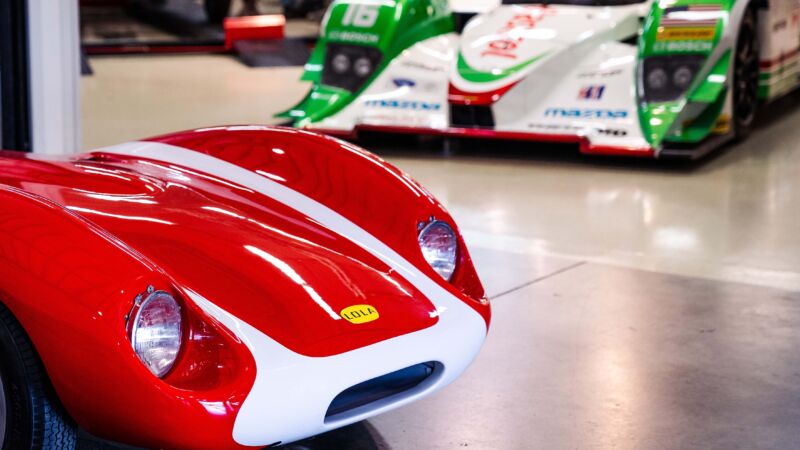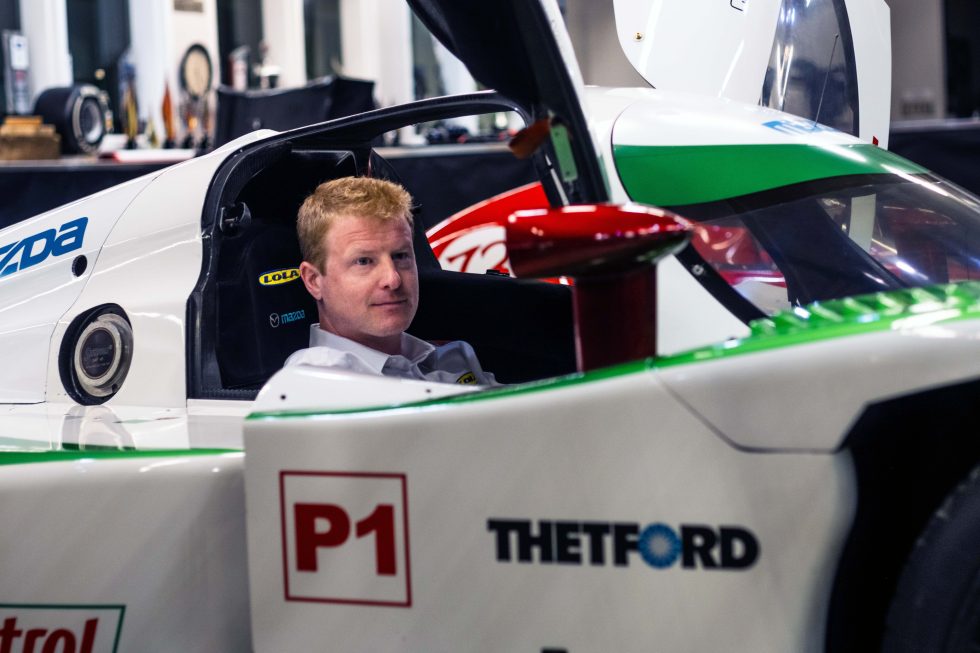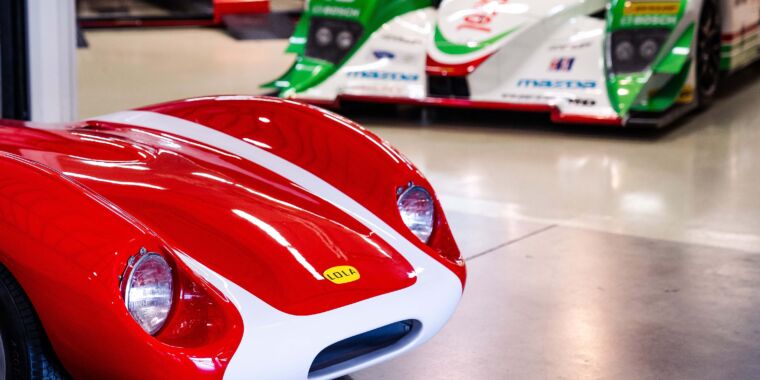
Lola Cars
When I first heard of the plan to revive Lola Cars, I had some trepidation. In these days of SPAC-powered exuberance and blockchain hype, it would be pretty easy for a company to take the cynical approach: Design (if not necessarily ever build) a ludicrously expensive electric hypercar and maybe some NFTs and wait for the hype to roll in. Thankfully, those ideas couldn’t be further from the new owner’s plans.
“Simply put, our plan is to bring Lola back to a former version of itself. To me, that means being a design and engineering force in modern motorsport,” explained Till Bechtolsheimer, an investor and amateur racing driver who bought the company’s assets in June.
Older racing fans will know the Lola name. The company was founded in the UK in 1958 by Eric Broadley, and by 1962, it had entered Formula 1 as a constructor, though never with much success. A pair of second-place finishes for John Surtees that year were the best results Lola-built F1 cars could muster, and the company’s planned return to the sport in 1997 with the backing of MasterCard was a complete fiasco that ended when neither of the company’s cars qualified for that year’s opening race in Australia.
But racing is much more than F1, and Lola found considerable success in building customer cars for other series and rulebooks. It built decent cars for Formula 2 and its successor, Formula 3000, though the real headlines came from Lola chassis winning races like the Indianapolis 500 (in 1966, 1978, and 1990) and particularly from success in sports car racing.
Notably, Ford was so impressed with the Lola Mk6 sports car that it contracted with Broadley to help develop the GT40 in its early days, though Lola had minimal involvement with that iconic race car, which was built to beat Ferrari at Le Mans. That’s because it was busy making its own sports prototype, the T70, which debuted the following year in 1965.
The T70 proved popular; more than 100 T70s were built, in coupe and Spyder bodies, and those numbers allowed the cars to remain in competition via the same loophole that led to the Porsche 917. The T70 never won Le Mans—no car wearing the Lola name badge did—but a pair of T70s stood in for a Porsche and a Ferrari in staged crashes in Steve McQueen’s wonderful, flawed Le Mans. Much more success at La Sarthe in France came in the 2000s, with five class wins in the LMP675 category. Most recently, Lola prototypes also campaigned in LMP and LMP2, forming the basis for Mazda’s IMSA racer until 2016.
Lola had already ceased trading four years before that season, and the following year, the LMP2 rules changed so that LMP2 chassis are now only allowed from four manufacturers (Dallara, Multimatic, Ligier, and Oreca).

For that reason, we shouldn’t expect to see Bechtolsheimer’s Lola at Le Mans or in IMSA just yet. And as mentioned, there are no immediate plans to produce a road car, which is extremely refreshing to hear. And there are no plans for a factory team, a la Glickenhaus and its efforts in the World Endurance Championship or at the Nordschleife.
Instead, a high priority is upgrading the company’s wind tunnel in the UK. Before it belonged to Lola, the 50 percent tunnel was British Aerospace’s and had a hand in developing Concorde and the Eurofighter.
“Before I bought Lola… the feedback from [those in the] industry that know and use the Lola wind tunnel has been universally positive that it’s a very solid, reliable tunnel that gives really good, reliable data,” Bechtolsheimer told me.
“Importantly, that data correlates highly with on-track performance,” he said. “It’s just dated—it hasn’t had any investment put into it in a long time. The control systems are dated; they don’t talk to modern software. A lot of the hardware is not supported anymore. So really, we’re planning pretty wholesale upgrades that should make it the most capable 50 percent scale tunnel in the world. Now, it’s not a 60 percent scale F1 tunnel. It’s not a full-scale tunnel. We’re not necessarily trying to compete with those types of tunnels. But not everyone who wants wind tunnel time is going to spend F1 budget.”








